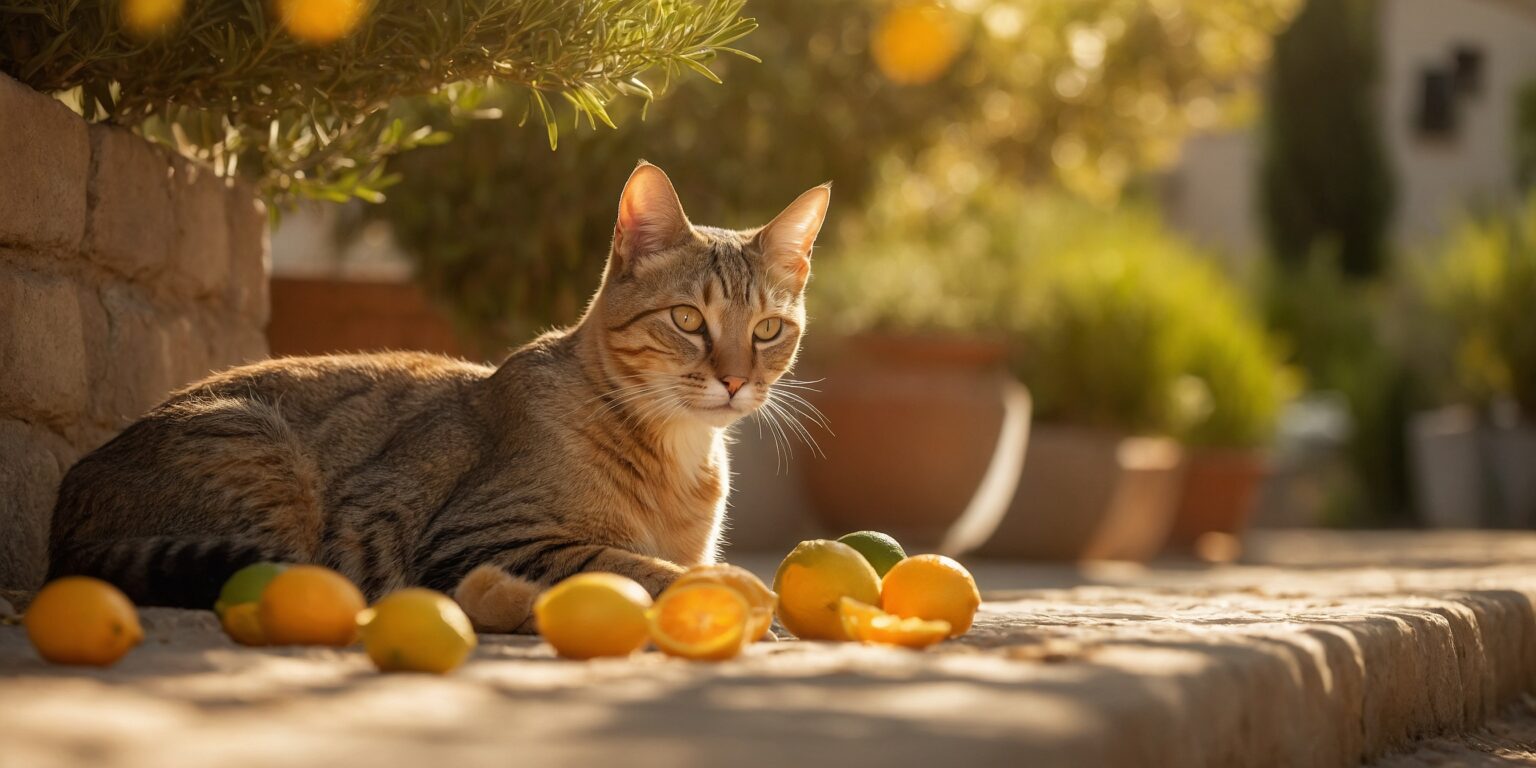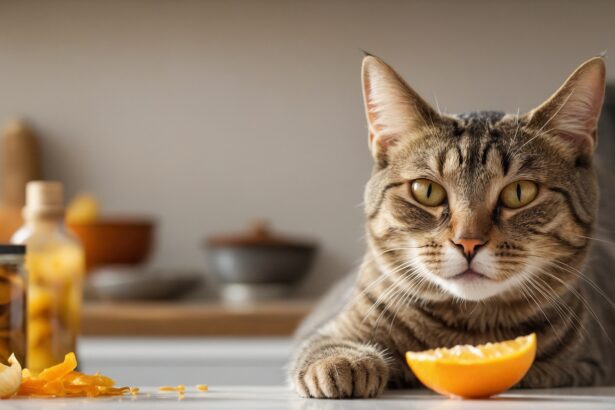We adore cats, of course. But when a determined neighborhood kitty treats your garden like its personal lounge, the stress can creep in fast. Want to keep invasive cats at bay, kindly and effectively? Here’s your gentle action plan.
Why some cats wander into your space
Irresistible reasons they show up
Food smells are magnets: a bowl on the patio, scraps after a barbecue, or a tempting compost bin. Safe naps are another draw—deckchairs and warm steps are prime feline real estate. And then there’s scent-marking: those mysterious scratches and urine marks that say “mine.”
Spotting the real issue quickly
Observe patterns for a few days. Do visits happen at dawn, after mealtimes, or only when your cat is outside? Check door bases, planters, and fences for scratches or damp patches—classic signs of territorial claims.
If you’re noticing urine marks or door-spraying, learn how to break the cycle of spraying and territorial marking without stress for anyone.
Kind repellents that actually work
Scent cues cats prefer to avoid
Cats have a powerful sense of smell, and a few natural cues can say “not here” without harm:
- Citrus peels: tuck orange or lemon peels around planters and entry paths; replace weekly.
- White vinegar: lightly mist thresholds and walls (avoid plant leaves); it neutralizes old scents and discourages re-marking.
- Repellent herbs and plants: lavender, rosemary, lemon balm, and the famous Coleus canina around borders.
Curious which odors work best? Explore the most effective smells cats hate to strengthen your setup.
Important: many essential oils (citrus, tea tree, eucalyptus, peppermint) can be toxic to cats. It’s safer to avoid oils and focus on plants or diluted household solutions. Before planting anything new, skim our guide to plants potentially dangerous to cats.
Visual and audio nudges
Sometimes, a small surprise is all it takes:
- Reflective ribbons or old CDs: fluttering light makes cautious cats think twice.
- Motion-activated lights: solar lights that softly “wake up” when a visitor arrives.
- Ultrasonic devices: results vary by cat; select pet-safe models and avoid constant, harsh settings.
Original pro tip
Rotate your scents weekly (citrus one week, vinegar the next, then herb sachets). Cats learn fast—switching cues prevents “nose boredom” and keeps the message fresh.
Common mistake to avoid
Don’t clean urine marks with ammonia or strong bleach: it can mimic the smell of cat urine and trigger more marking. Surprising, right? Many cats are oddly drawn to bleach—here’s why bleach can attract cats and how to clean smarter instead. Use enzymatic cleaners to erase the scent thoroughly.
Landscape your garden to whisper “not here”
Make surfaces less comfy
Cats prefer soft, diggable ground. Change the texture and you change their habits:
- Mulch with pinecones, bark, or coarse gravel: gentle on plants, awkward for paws.
- Lay chicken wire flat under a thin layer of soil or mulch: cats dislike the feel and stop digging.
- Plant borders with aromatic shrubs: lavender, rosemary, or Coleus canina create a protective ring.
Want a bigger toolkit? Browse even more ways to keep cats away effectively while keeping your garden lovely.
For clever garden layouts, you can also peek at AuJardin.info for inspiration.
Smart food and scent management
Bring pet bowls in at night, secure compost lids, and rinse grills after barbecues. A quick vinegar wipe on “hot spots” helps break scent trails and discourages repeat visits.
Protecting your home without turning it into a fortress
Secure entries calmly
Sturdy screens on windows and patio doors allow fresh air without surprise guests. If your own cat roams, consider a microchip-enabled flap so only registered pets come in.
Curious about identification tech? Learn how cat microchips support safer access solutions.
Create safe zones for your cat
Set up an indoor retreat: high perches, a cozy hideout, and a litter box away from windows where outside cats linger. This lowers stress and reduces conflicts at the glass.
Bonus: a gentle detour
If a persistent visitor is part of the neighborhood, place a “yes space” far from your doors: a shaded corner with water (no food), a scratching log, and aromatic plants. Redirecting attention can defuse doorstep drama.
Diplomatic fixes with neighbors
Conversations that work
Approach with empathy: explain the marks, the nightly visits, and what you’ve tried. Share simple ideas—like bringing bowls in at night or adding reflective ribbons—that benefit everyone.
Neighborhood harmony
Suggest coordinated solutions: set feeding times far from shared fences, agree on neutral zones, and spread the word about safe repellents. Small changes add up when everyone plays along.
FAQ
What smell keeps cats away most reliably?
Citrus (lemon, orange), vinegar on non-plant surfaces, and aromatic plants like lavender or rosemary help. Rotate scents to prevent cats from getting used to one cue.
Are ultrasonic cat repellents safe and effective?
They can help, but results vary. Choose pet-safe models, avoid constant high-intensity settings, and combine with scent and surface changes for best results.
How do I stop a cat from spraying my door?
Clean with an enzymatic cleaner, not ammonia or bleach. Block sightlines through frosted film, add a motion light, and use vinegar on the doorstep to disrupt scent trails.
Can I use pepper, mothballs, or strong chemicals?
No—these can harm animals and the environment. Stick to humane, pet-safe options like texture changes, light deterrents, and mild, non-toxic scent cues.








